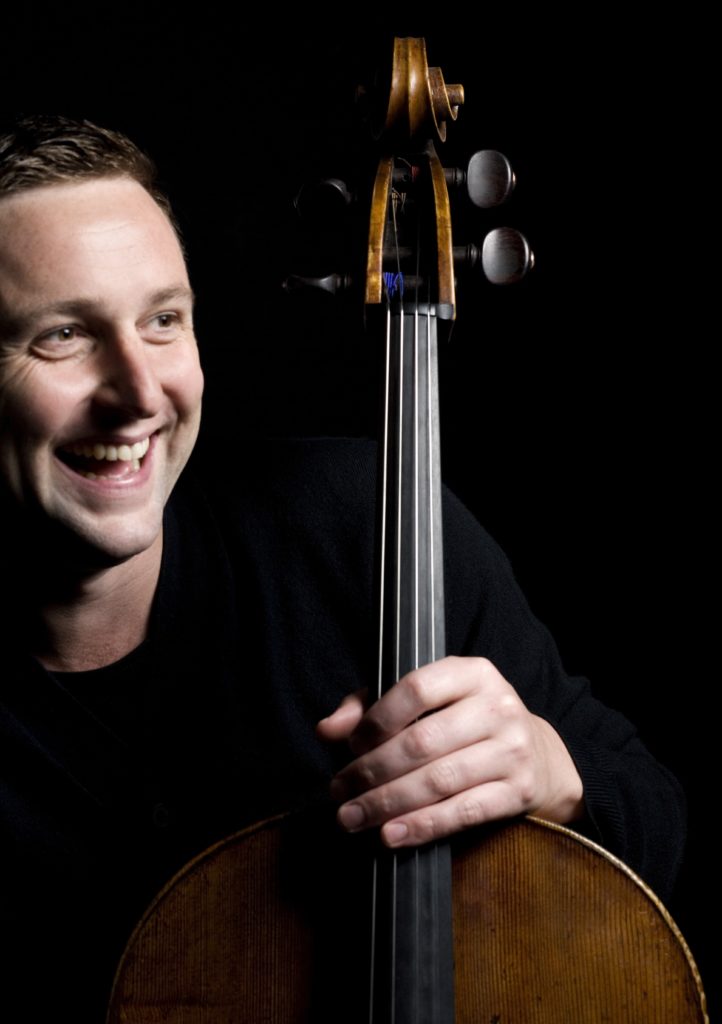
REVIEW: York Guildhall Orchestra, 40th Anniversary Concert, York Barbican, February 15 *****
HAD I not been there myself, I would have hardly believed that the Guildhall Orchestra (as it was then known and is still popularly described) first saw the light of day 40 years ago.
It has been a marvellous four decades. And still there is a sense of excited anticipation before its every performance. We know we are in for something special.
Saturday’s celebration, conducted by Simon Wright, was no exception. A Ravel suite, an Elgar concerto and a Brahms symphony were leavened by a birthday cake of Celebratory Fantasy Variations baked by the founder himself, John Hastie.
His tasty pastiche wove myriad musical allusions – including Bach, Mozart, Brahms, Ravel, Vaughan Williams, Britten, even a samba – into variations on Happy Birthda’. As the piece finished, the audience even got to join in with the song’s last line (wisely, after a rehearsal). Good fun.
Ravel’s Mother Goose featured on the opening night in 1980. Here it was again in all its gentle finery, giving us a chance to admire again the nicely controlled talents of the woodwinds: sinuous oboe for Tom Thumb’s walk, for example, and clarinet and contrabassoon representing Beauty and the Beast, not forgetting nifty xylophone (Janet Fulton) and rippling harp (Georgina Wells).
We are fortunate indeed to have a cellist of international standing living right on the edge of the North York Moors. Jamie Walton must have played Elgar’s concerto countless times, but surely never as spellbindingly as this.
He achieved his intensity, paradoxically, through subtle understatement, drawing in his audience with the skill of a practised magician. The opening was steeped in a very English melancholy. The jagged figure at the start of the Allegro spoke volumes about the scherzo to come and Walton’s clarity at the top of his range was startling.
The slow movement was beautifully, mouth-wateringly, spacious. Every rest was made to count, delicately caressed. This kind of playing is risky: it can easily backfire. Not here. Walton was exactly on Elgar’s wavelength, finding solace in an elegant cantilena.
Fireworks, such as they were, came in the finale, but nostalgia was never far from the surface, not least when the work’s opening motto was rekindled just before the close. All the while, the orchestra kept in very crisp attendance, typified by the brass interjections in the finale. I have heard this work dozens of times, but was never quite persuaded of its logic. Until now. The conjunction of two such intelligent musicians as Simon Wright and Jamie Walton delivered an intricate precision that is extremely rare. It will live in the memory.
Inevitably, perhaps, Brahms’s Second Symphony was not going to reach quite this level. But it brought catharsis of a kind, while showcasing the orchestra’s three choirs: strings, winds and brass. Violin ensemble in the first movement had a wonderful sweep, conjuring pastoral moods; they were enhanced by Jonny Hunter’s solo horn. The cumulative effect of this huge movement was majestic. Not to be outdone the cellos, who are in equally fine fettle, took centre stage in an introspective Adagio.
The paint-box of the orchestra, the woodwinds, enjoyed their moment in the spotlight in the Allegretto, sparkling into a sunlit momentum and recapturing it again at the finish after several distractions. Showing admirable stamina, the whole orchestra combined for a finale of exuberant brilliance, reaching a peak when the trombones returned in the coda.
This orchestra is one of the treasures that makes living in York such a delight. Roll on its half century!
Review by Martin Dreyer
